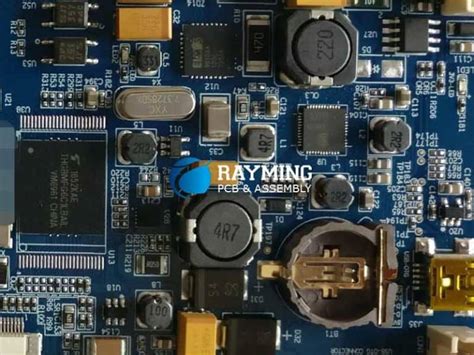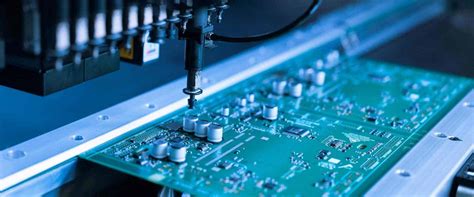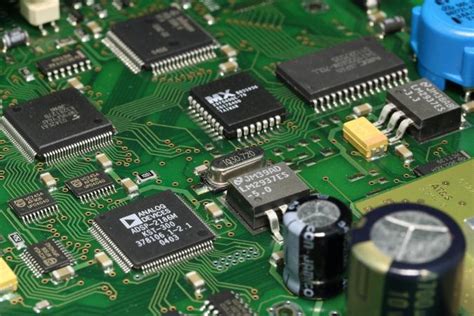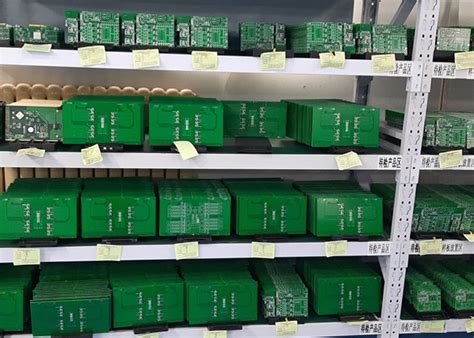PCB Gold Plating: Enhancing Performance and Reliability in Electronics
Printed Circuit Boards (PCBs) are the backbone of modern electronics, providing the necessary platform for electrical connections and component mounting. Among the various surface finishes available for PCBs, gold plating stands out as a premium choice due to its exceptional electrical, mechanical, and environmental properties. This article explores the importance of PCB gold plating, its benefits, and its applications in the electronics industry.
What is PCB Gold Plating?
PCB gold plating involves depositing a thin layer of gold onto the copper traces and pads of a PCB. This process is typically achieved through electroplating or electroless plating techniques. The gold layer serves as a protective and functional coating, ensuring reliable electrical connections and enhancing the durability of the PCB.
Types of PCB Gold Plating
There are two main types of gold plating used in PCBs:
- Electrolytic Gold Plating (Hard Gold): This method involves using an electric current to deposit a layer of gold onto the PCB surface. Hard gold plating is known for its durability and wear resistance, making it ideal for connectors, edge fingers, and other high-contact areas.
- Electroless Gold Plating (Soft Gold): In this process, gold is deposited through a chemical reaction without the need for an electric current. Soft gold plating is commonly used for wire bonding applications, as it provides a smooth and uniform surface.
Benefits of PCB Gold Plating
- Superior Conductivity: Gold is an excellent conductor of electricity, ensuring low contact resistance and reliable signal transmission. This is particularly important in high-frequency and high-speed applications.
- Corrosion Resistance: Gold is highly resistant to oxidation and corrosion, even in harsh environments. This property ensures long-term reliability and performance of the PCB.
- Durability: Hard gold plating offers exceptional wear resistance, making it suitable for components that undergo frequent mating and unmating, such as connectors and switches.
- Solderability: Gold plating provides a smooth and clean surface, which enhances solderability and ensures strong, reliable solder joints.
- Wire Bonding Compatibility: Soft gold plating is ideal for wire bonding applications, as it provides a uniform surface that facilitates strong and stable bonds.
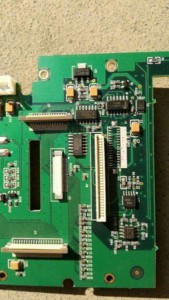
Applications of PCB Gold Plating
PCB gold plating is widely used in various industries and applications, including:
- Consumer Electronics: Gold-plated PCBs are commonly found in smartphones, tablets, and laptops, where reliable electrical connections and durability are essential.
- Automotive Electronics: The automotive industry relies on gold-plated PCBs for their resistance to harsh environmental conditions, such as temperature fluctuations and exposure to moisture.
- Aerospace and Defense: In aerospace and defense applications, gold-plated PCBs are used for their high reliability and performance in critical systems.
- Medical Devices: Gold plating is used in medical devices, such as pacemakers and diagnostic equipment, where long-term reliability and biocompatibility are crucial.
- Industrial Equipment: Gold-plated PCBs are employed in industrial machinery and equipment, where they provide reliable performance in demanding environments.

Challenges and Considerations
While PCB gold plating offers numerous benefits, there are some challenges and considerations to keep in mind:
- Cost: Gold is a precious metal, and its use in PCB plating can significantly increase the cost of the board. Therefore, it is essential to balance the benefits of gold plating with the overall project budget.
- Thickness Control: Achieving the right thickness of the gold layer is critical. Too thin a layer may not provide adequate protection, while too thick a layer can lead to brittleness and increased costs.
- Environmental Impact: The use of gold and the chemicals involved in the plating process can have environmental implications. It is important to follow proper disposal and recycling practices to minimize the environmental impact.
Conclusion
PCB gold plating is a highly effective surface finish that enhances the performance, reliability, and durability of printed circuit boards. Its superior conductivity, corrosion resistance, and compatibility with various applications make it a preferred choice in many industries. While the cost and environmental considerations are important factors, the benefits of gold plating often outweigh these challenges, making it a valuable investment in high-performance electronics. As technology continues to advance, the demand for gold-plated PCBs is likely to grow, further solidifying their role in the electronics industry.



